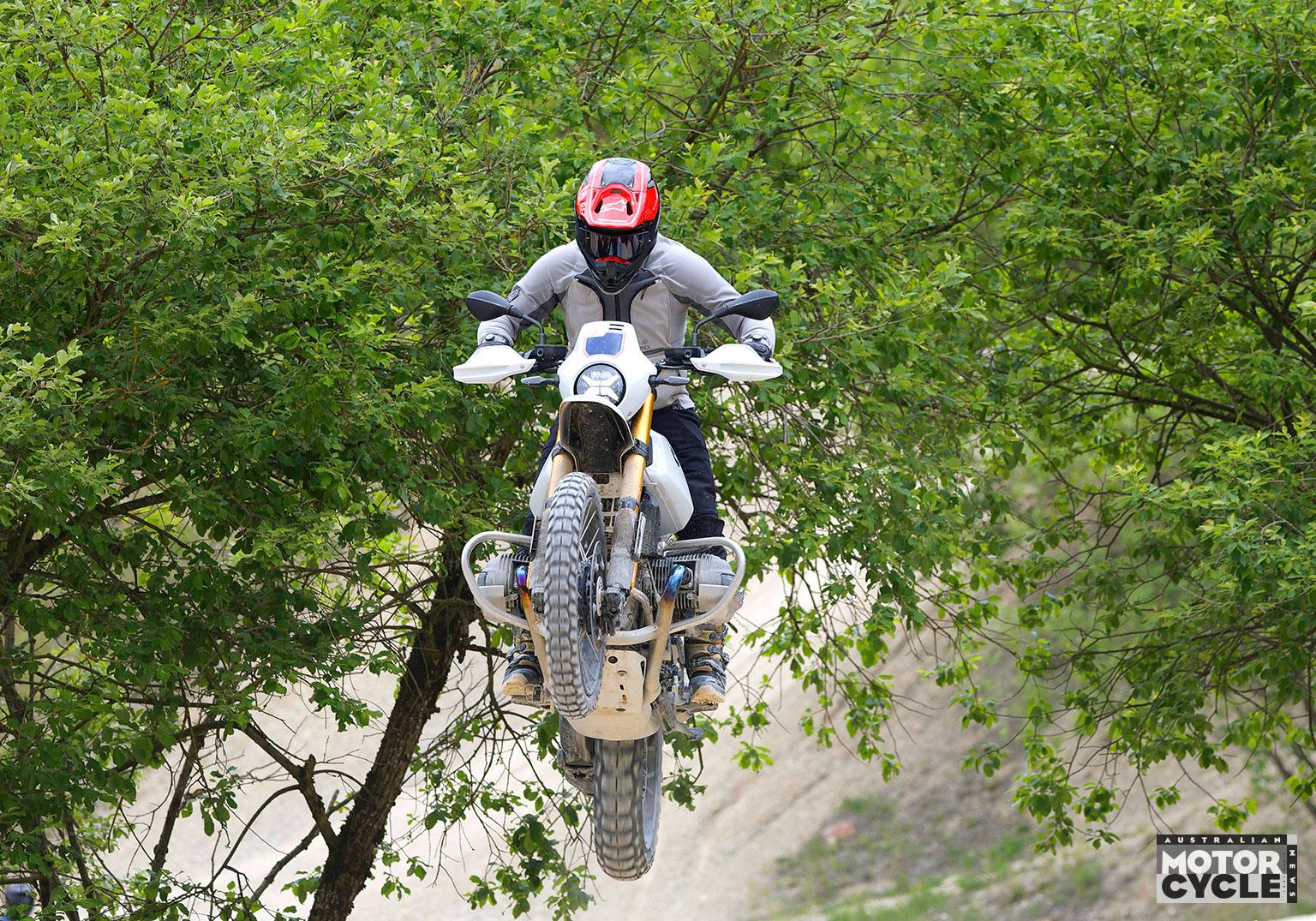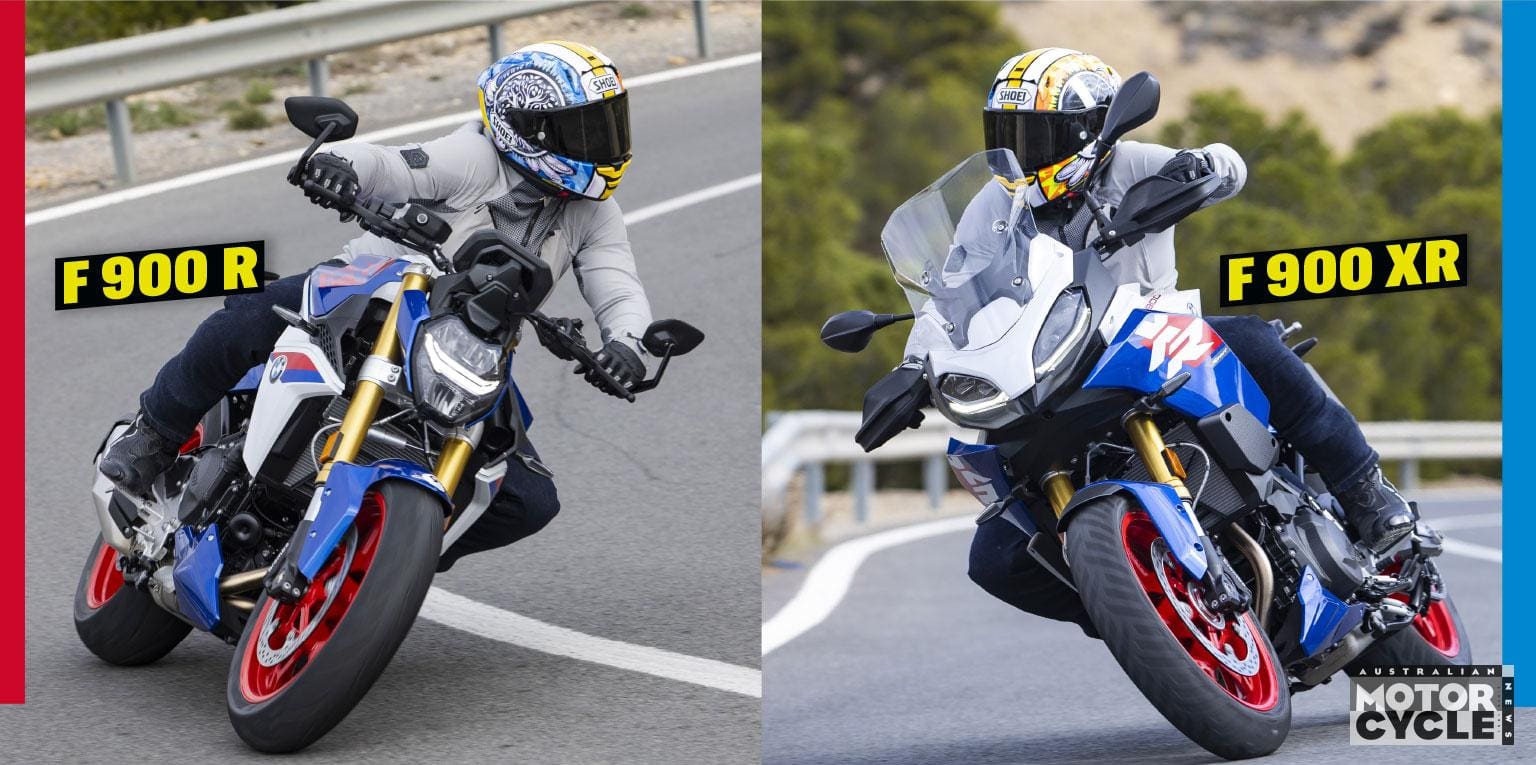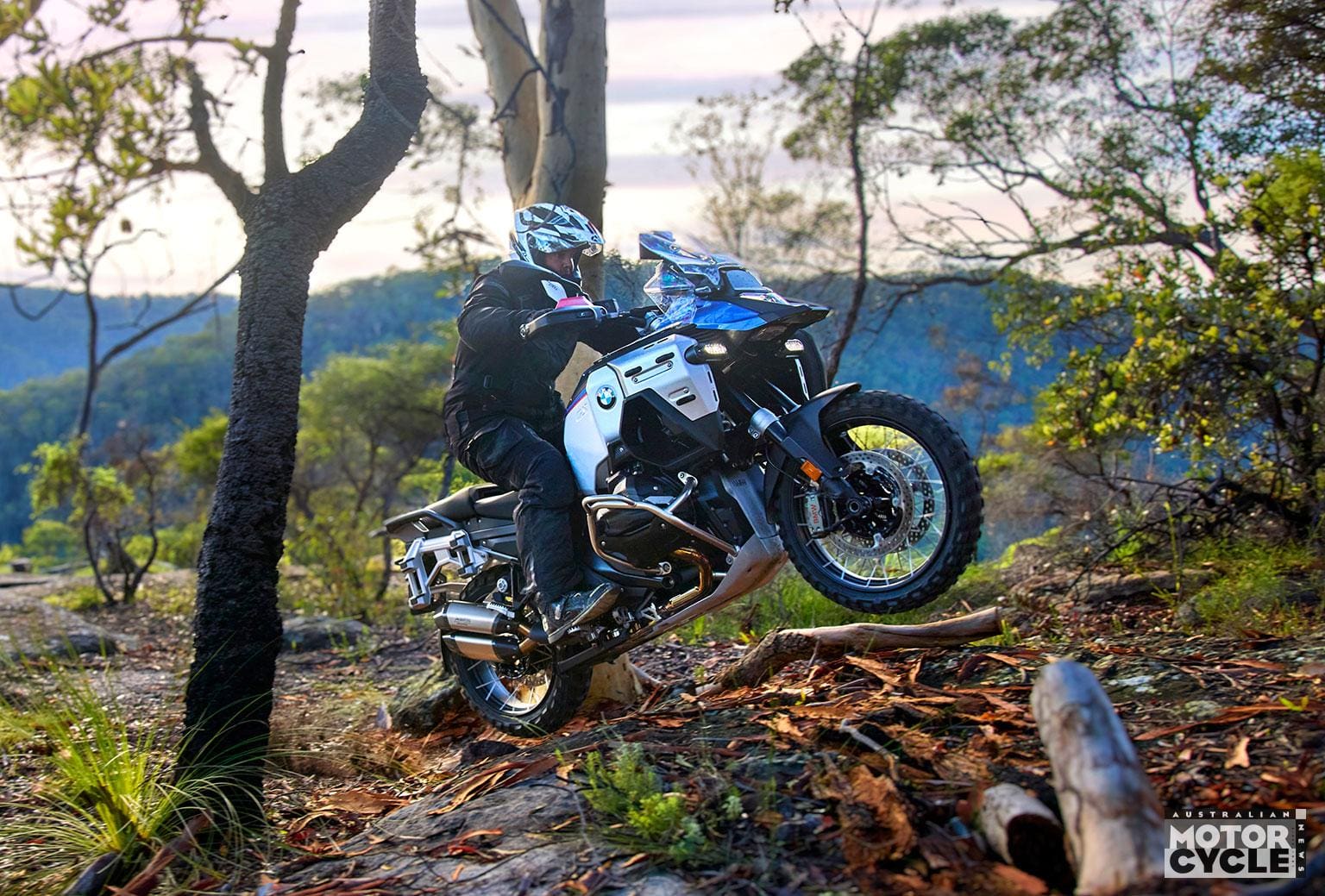Suzuki’s V-Strom is a bit of an enigma for those of us who let passion do the thinking for us when it comes to purchasing a motorcycle. It’s large, isn’t brimming with the latest tech, isn’t putting out insane horsepower and it’ll rarely be accused of being good looking. But, like all V-Stroms, the 2023 1050 just works, combining one of the best internal combustion V-twins ever made with an ability to carve corners that’s bordering on cheeky. The V-Strom really could be the ultimate sleeper.

The DE version of Suzuki’s V-Strom 1050 has stolen the lion’s share of attention since the model’s release earlier this year, as Suzuki was keen to show off its new more dirt-ready offering in what’s a pretty lucrative segment. And while the DE is a headline grabber, Suzuki expects the standard version to be the volume seller. That’s not surprising, because until the release of the DE, the V-Strom has amassed a reputation for being an extremely comfortable and competent on-road mile muncher since its release in 2002.
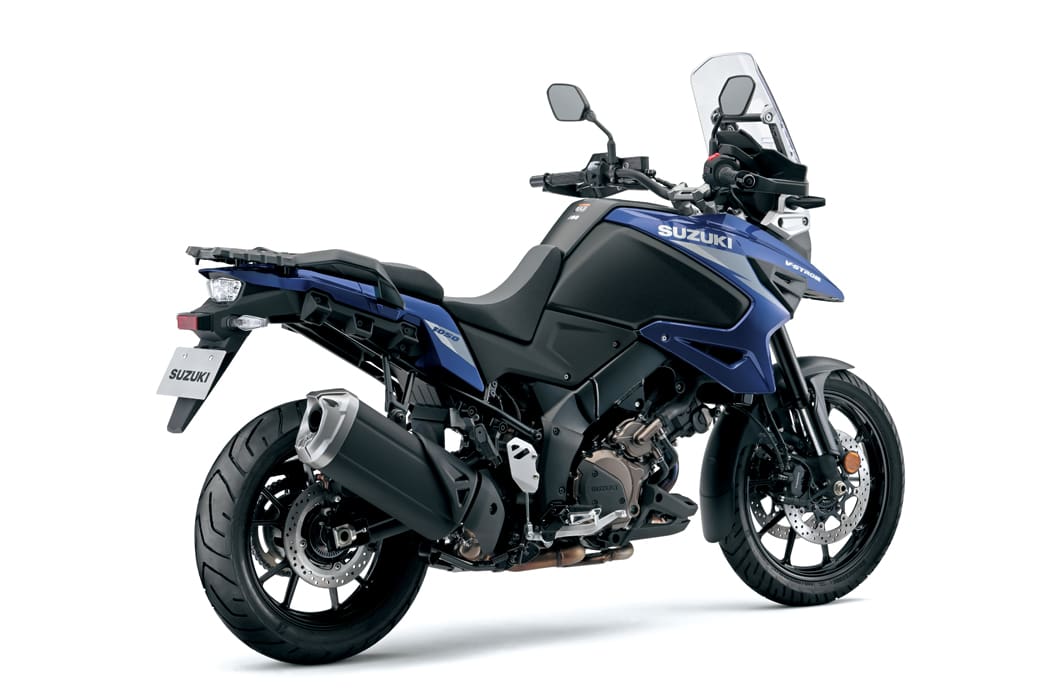
In 2023 guise, the V-Strom 1050 takes that reputation and runs with it, adding a sprinkling of new bits to improve what the V-Strom has always done so well. The headline additions to both 2023 models include a two-way quickshifter, an updated S.I.R.S (Suzuki Intelligent Ride System) system, rejigged cruise control and a bright, new five-inch TFT dash.
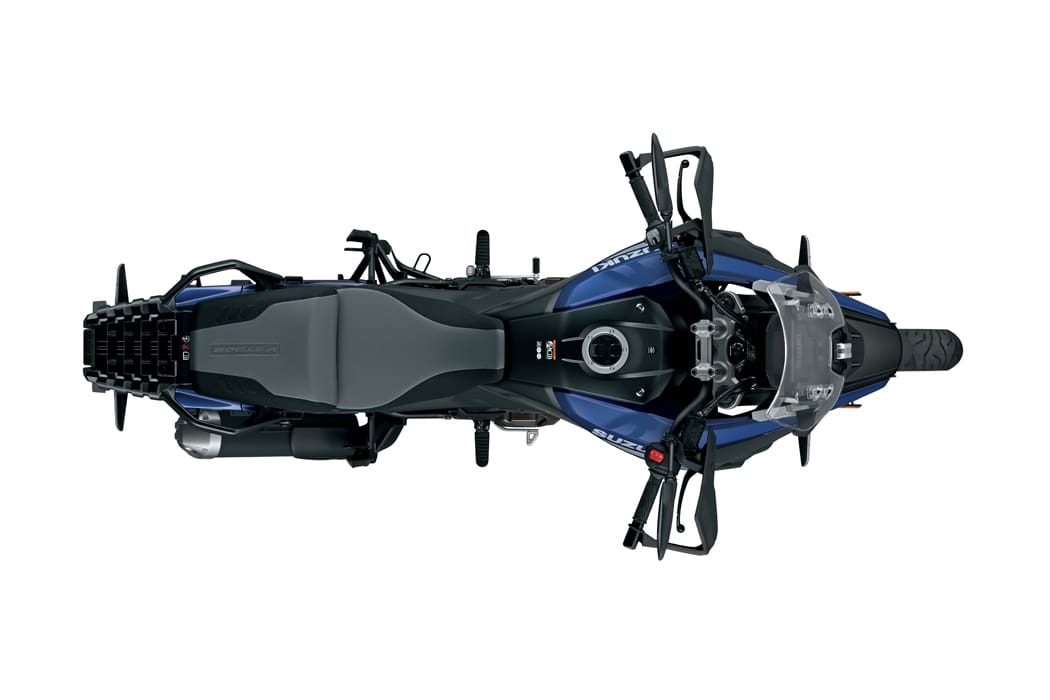
There isn’t a whole lot of difference between the two models, but the ones that are there are significant. The 1050 forgoes the DE’s long-travel suspension, but there’s an adjustable screen that’s slightly wider and is taller than the DE’s non-adjustable affair. And the seat can be adjusted by 20mm giving the standard bike a height range of between 855mm and 875mm compared to the DE’s non-adjustable 880mm high seat.

Previously, the standard model ran wire-spoked wheels like its off-road biased XT sibling, but for 2023 the 1050 gets 19- and 17-inch 10-spoke cast alloy wheels. The 1050 is $1700 less expensive than the DE at $22,990 (ride away) and has a claimed wet weight of 242kg which is a substantial 10kg lighter than the DE. The differences mightn’t seem that substantial, but between the longer fork, the off-road steel footpegs, the addition of the sturdy crash bars and a few other subtle differences like the alloy engine guard versus the standard bike’s plastic version all add up to a decent weight increase. It’s weight that the DE carries high and can feel quite top-heavy, making the standard bike’s lower weight and seat height more appealing for some riders.
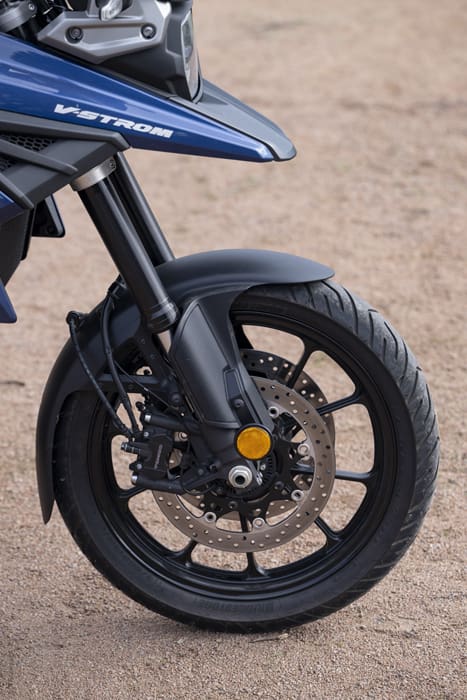
It may be lower but throwing a leg over the 1050 still requires a bit of effort even for a six-foot-plus punter like me. The 1050’s seat is wide, plush and the cockpit roomy once you’ve clambered onto it. You’re met by the new TFT dash which is similar to the unit found on the GSX-S range – it’s very simple to use and it’s easy to see in any light.
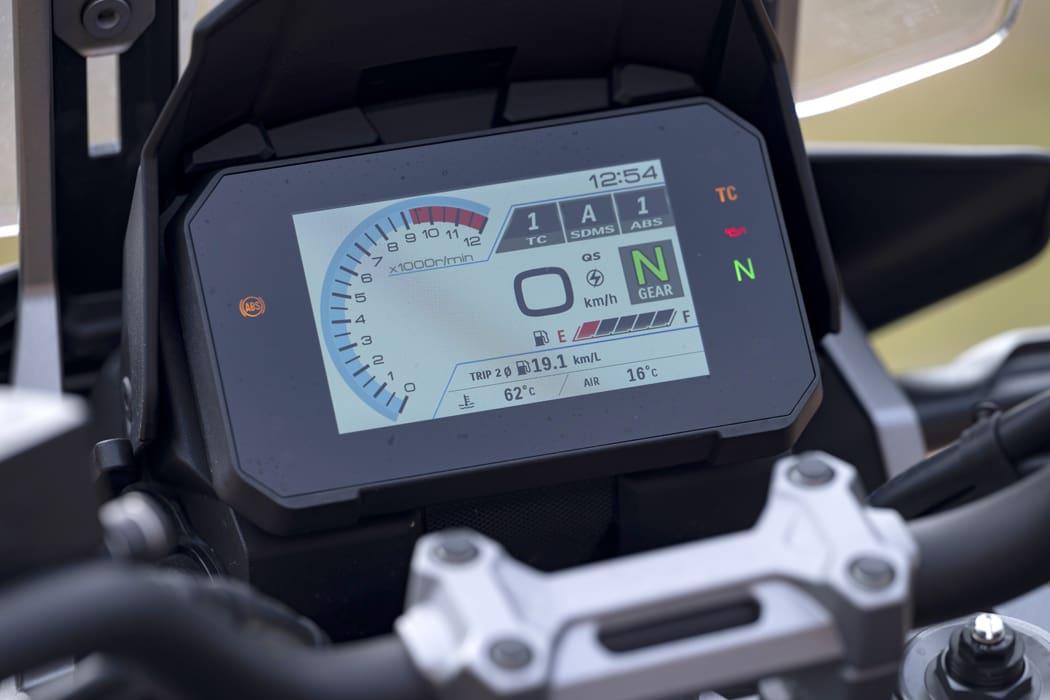
The screen can be adjusted via an alloy lever on the front of the bike. It’s easy enough to use but you need to stop and get off the bike to adjust it. Just above the dash is an accessories bar which is extremely handy for mounting your phone, GPS or even a dashcam.
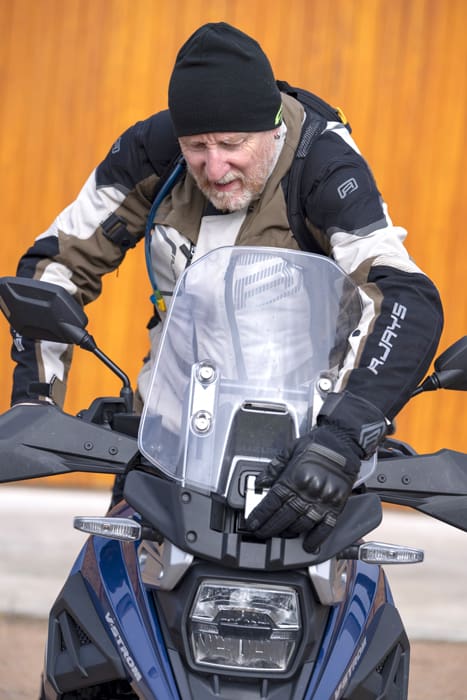
The alloy handlebar is wide and offers plenty of leverage, while the seating position is quintessential sit up and beg and feels both natural and comfortable. I couldn’t con friend nor family to jump on the back, but that pillion seat looks about as good as it’s going to get unless you’re sliding on to a luxury tourer.

There’s a significant luggage rack that’s uber practical thanks to its grill-style construction. You’ll also find integrated pannier mounts in the tail section so you can opt in for a set of genuine Suzuki hard panniers that match cleanly.
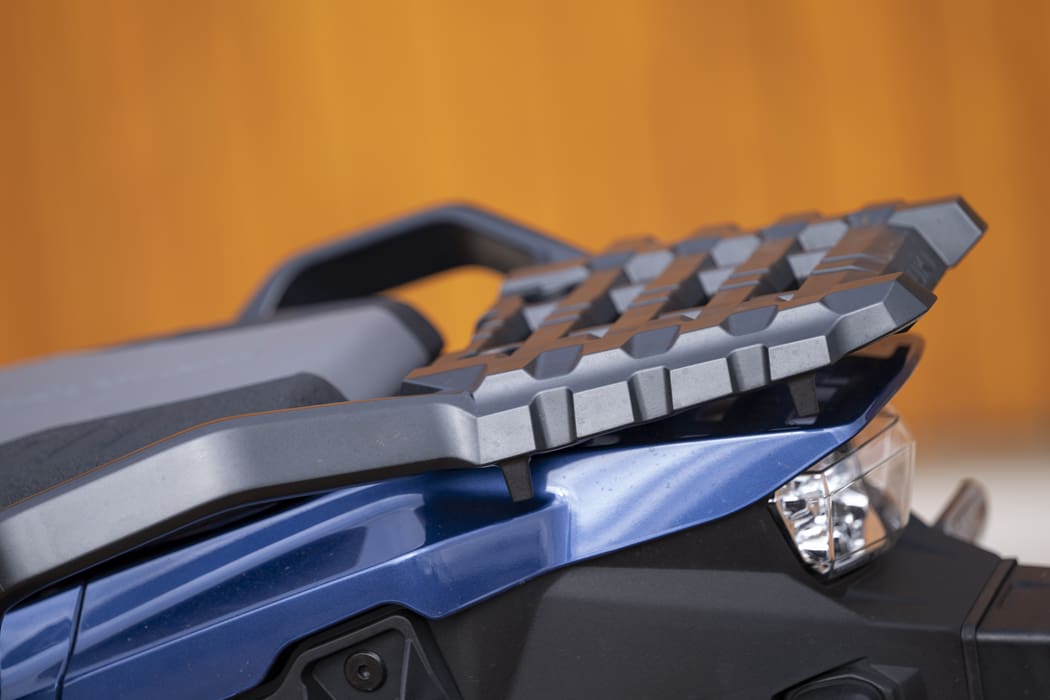
Now in its fourth generation, the 1050’s Euro 5-compliant 1037cc 90° V-twin engine has received sodium-filled exhaust valves to reduce temperatures in the combustion chamber, but other than that it remains unchanged for 2023. That’s no skin off anyone’s nose because the big V-twin, which first made its appearance in the TL1000S way back in 1997, is a peach.

Power and torque figures remain unchanged from last year – 79kW (106hp) at 8500rpm and 100Nm of torque at 6000rpm.
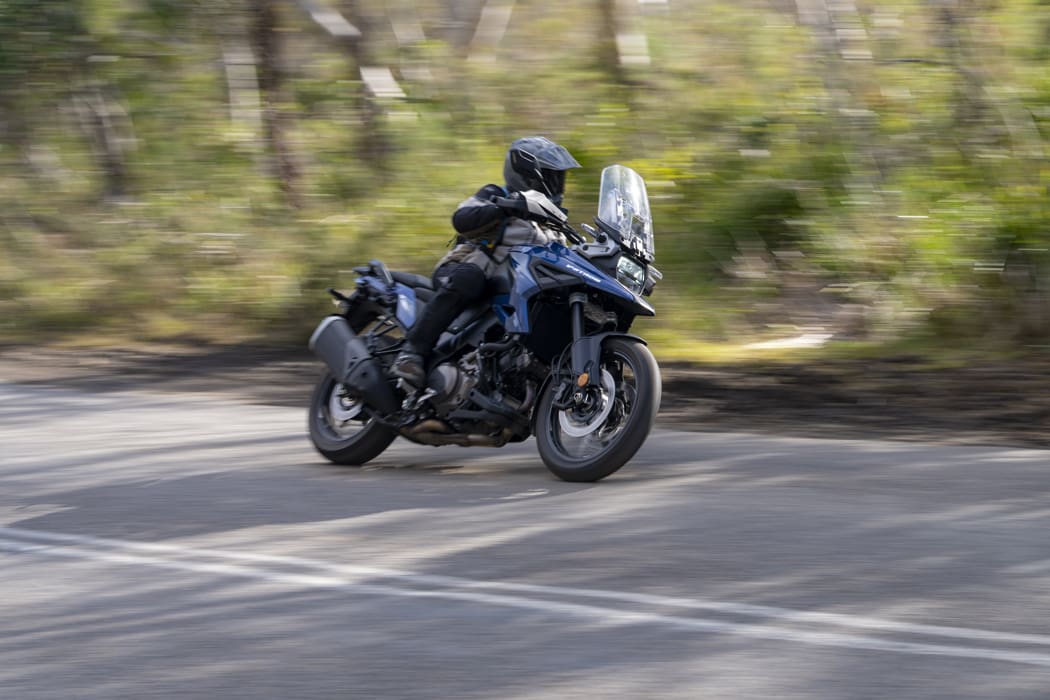
Like the rest of the 1050, the mighty twin is deceptively fast. It’s been massaged and tinkered with over the years to the point that we’re left with a refined mill with an ultra-linear power delivery. And that’s why I describe the 1050 as deceptively fast: you wind it on and it doesn’t strain your arms, it doesn’t scare the hell out of you and, to be honest, can feel a bit sluggish. But it’s anything but, and a quick glance at the speedo points to the reality of your licence disappearing.
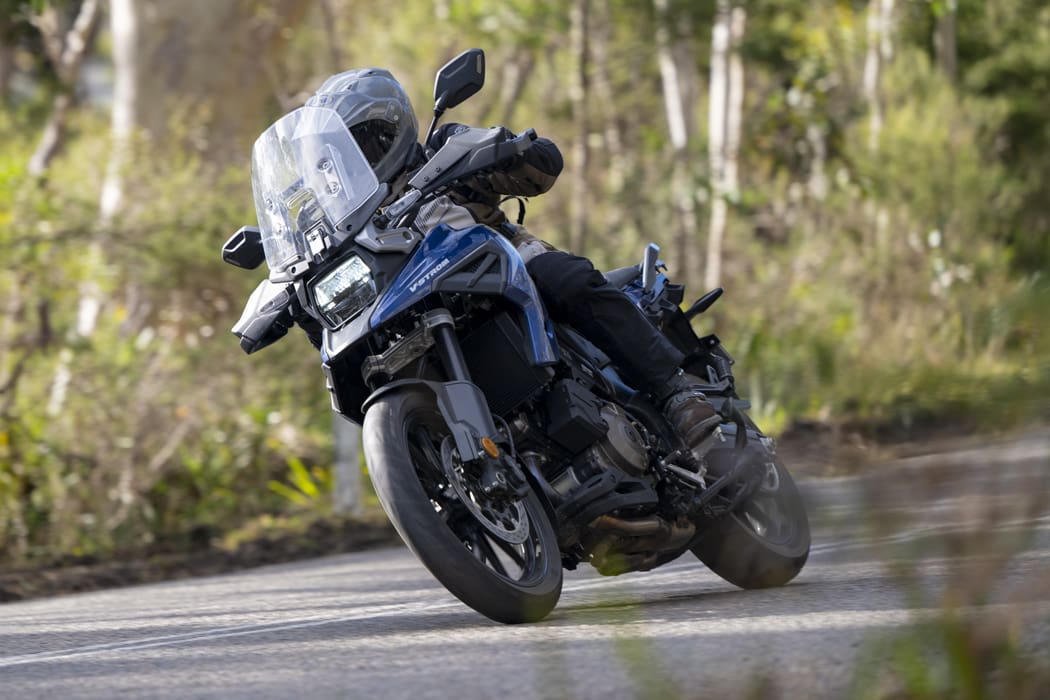
Suzuki has long been known for building stunningly good gearboxes and the 1050’s is no different: the shift is light, precise and an example of cog-meshing art. The new two-way quickshifter is cream on the pie and every Suzuki quickshifter I’ve ever used has been perfect – I’ll go so far as to say that Suzuki makes the best gearbox and quickshifter combo in the business.

The engine is held in the same aluminium frame which carries a fully adjustable 43mm KYB fork and a preload and rebound adjustable monoshock, both of which are perfectly suited to the chassis design brief – well, almost! I say almost because they’re actually better than what the design brief suggests, which could be long meandering tours through the hills, and yes it does that beautifully. But put the hammer down and the 1050 will surprise you because this thing can carve.

The 1050 is like an overweight motard, so it can hit the tight and twisty stuff with aplomb yet doesn’t feel out of its comfort zone in fast sweeping turns. Swap the standard Bridgestone Battlax Adventure A41 rubber with something stickier and you’ve got yourself a seriously good twisty toy.
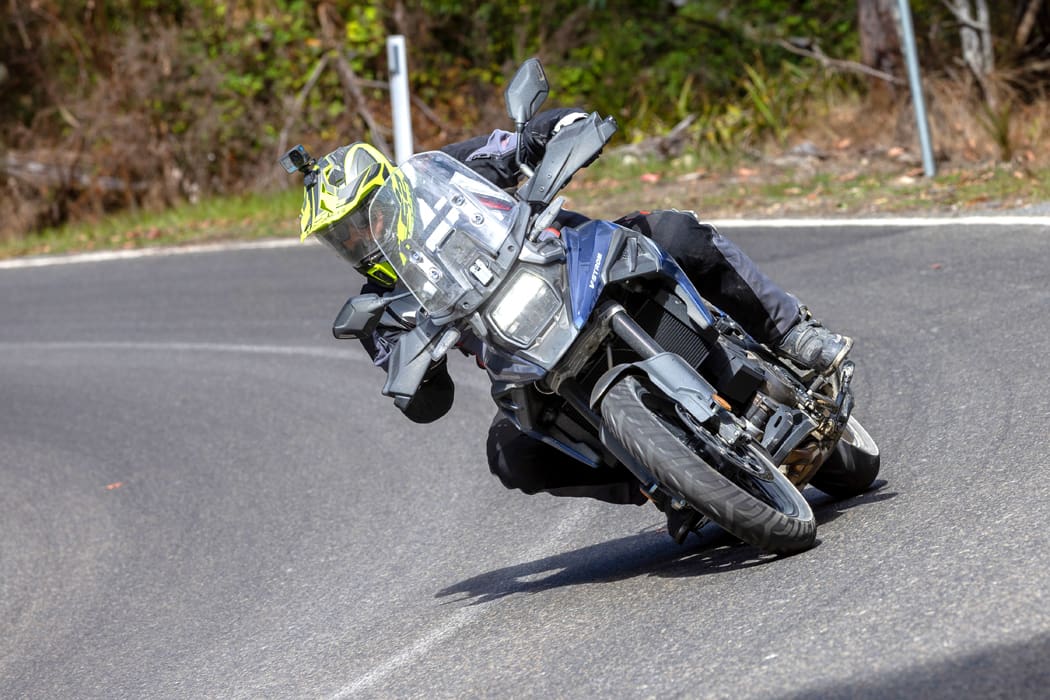
It tips in and changes direction with a push of the wide alloy ’bar and holds the line you choose. The quasi off-road suspension is plush enough in the initial stroke to soak up even the crappiest of blacktop so the 1050 rails smooth and rough corners like a boss – if you can deal with the unassuming looks, the V-Strom makes perfect sense on goat tracks that pass as roads in Oz.

The braking package combines twin radial-mount Tokico calipers on the front and a Nissin caliper on the rear, but apart from the dual brand eye-twitch the brakes at both ends are excellent. You’ll get an improvement in feel and power if you junk the rubber brake lines and fit braided versions, but even still the brakes are pretty good. We’re not talking Brembo magnificent, but you get what you pay for.
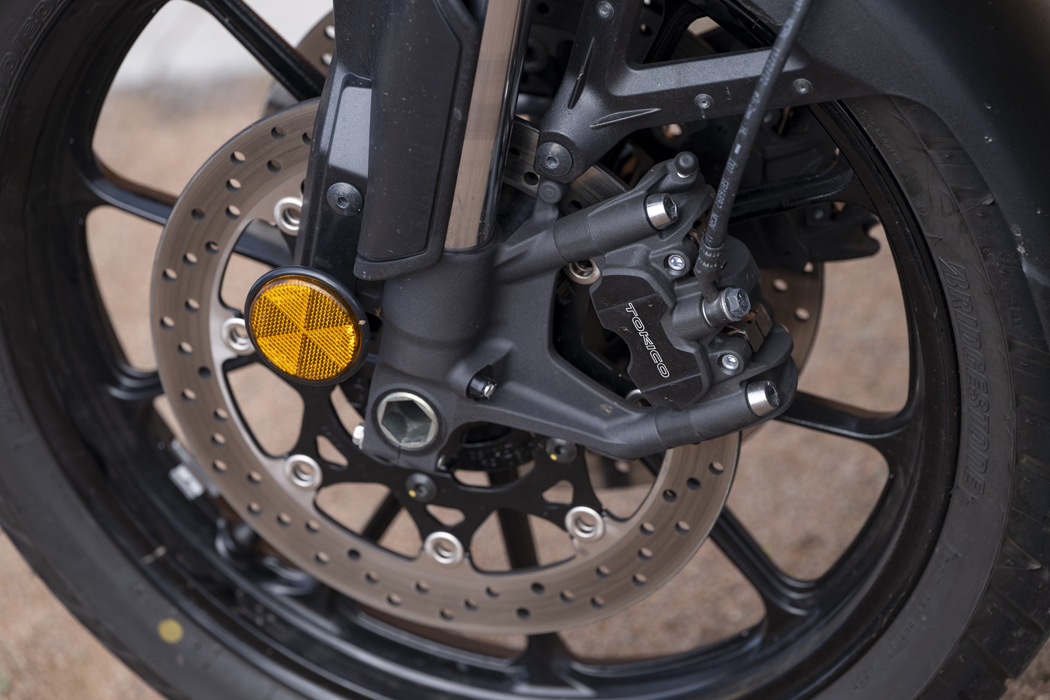
The V-Strom’s electronics package is a talking point for the 2023 model. The previous model had a pretty barren tech cupboard but now there’s a solid deck of electronics without getting silly. I say silly because while I’m a fan of tech, it seems we’ve got to a point of adding tech for tech’s sake. I don’t need or want 500 ride modes, radars, automatic this and that or the weight and complexity that comes with it.
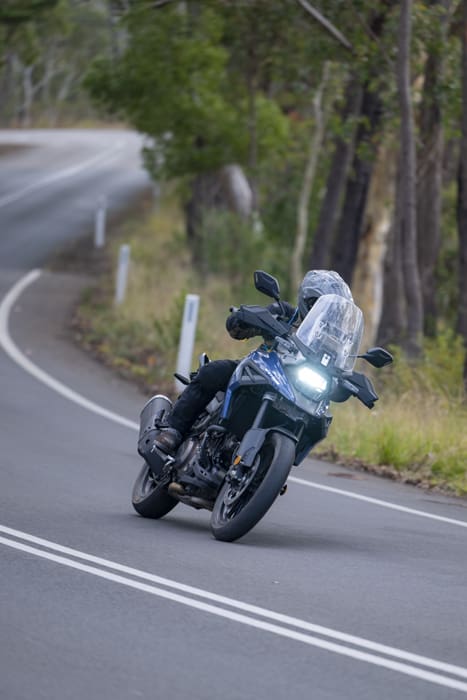
The 1050 hits a sweet spot for me. There are three ride modes, traction control, ABS, cruise control, hill hold and wheelie control. It all works nicely and, because what’s on offer isn’t over the top, navigating the menu is straight forward.
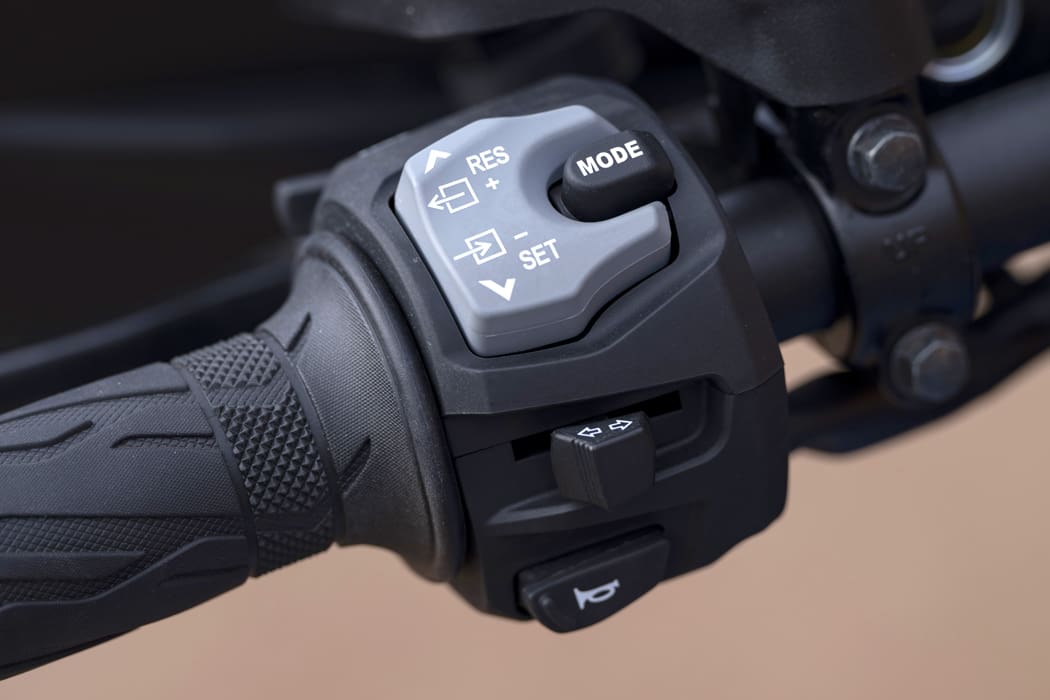
There are three power modes – A, B and C all of which deliver the full allocation of squirt but deliver that squirt in a different fashion. This is why I love the 1050’s level of tech. I hop on, turn the key and thumb the starter and I know the 1050 will be in B mode – which has a smoother throttle response than A – with traction control and wheelie control both turned off, because the V-Strom remembers your last setting. I thumb the starter and I ride off. And I like that a lot.
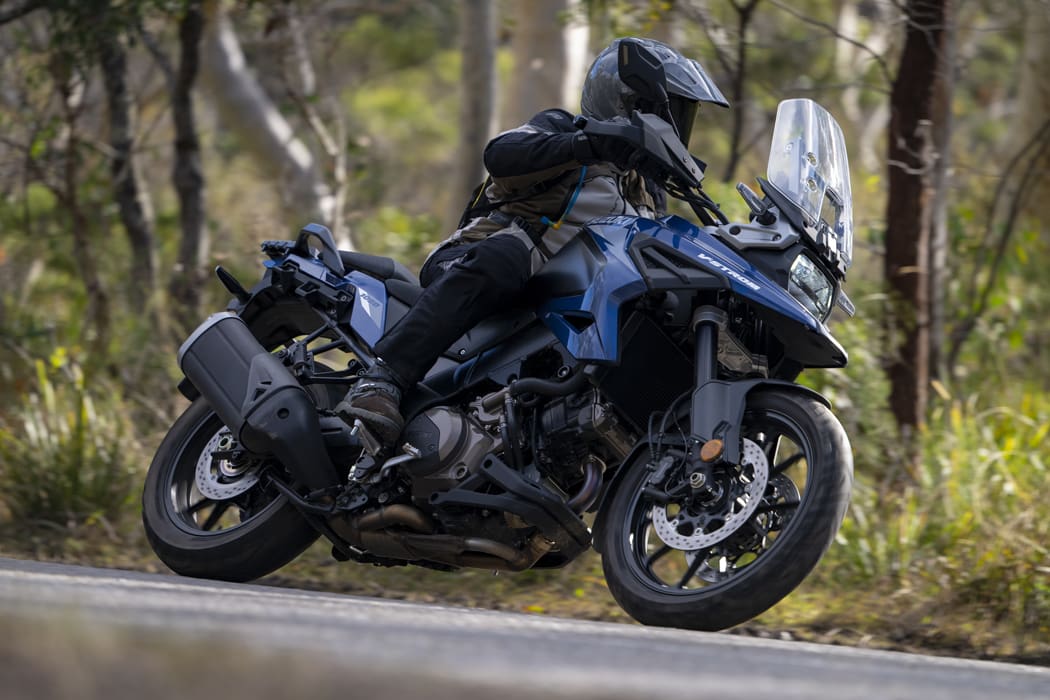
The Metallic Reflective Blue rig is very understated and, if you want the standard model, that’s the only colour available for 2023. People buy a V-Strom for its comfort, reliability and ability to play, but I reckon a lot of people underestimate its ability to slay a corner. Then there’s that engine; it isn’t the fastest donk on the planet, but like wine it has only become better with age.

So, would I buy one? No, but only because of its DE sibling. For $1700 bucks more you get a bit more versatility and more fruit, and I like to go off road. However, if you’re not keen on getting major dirt kilometres under your wheels, are short of leg or intimidated by weighty bikes, then the 1050 is a better option. I feel a bit sorry for the 1050. It’s capable of doing so much but is often seen as a comfortable old bloke’s bike. That’s true, but it’s more than that. The 1050 can rip if you want it to – underestimate this sleeper at your peril.
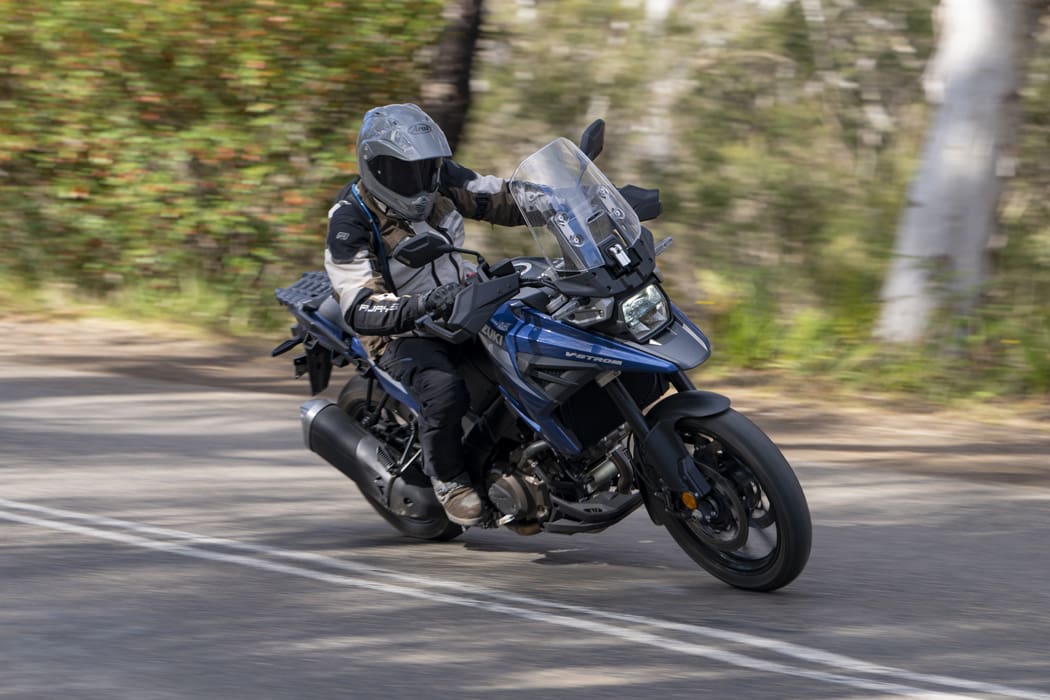
TEST: PETE VORST PHOTOGRAPHY INCITE IMAGES
